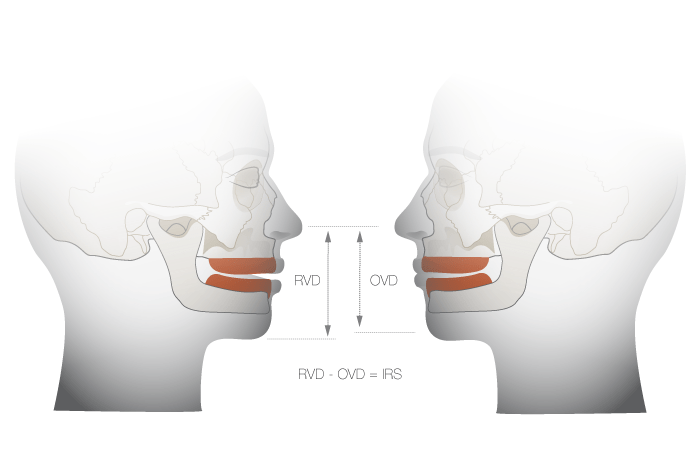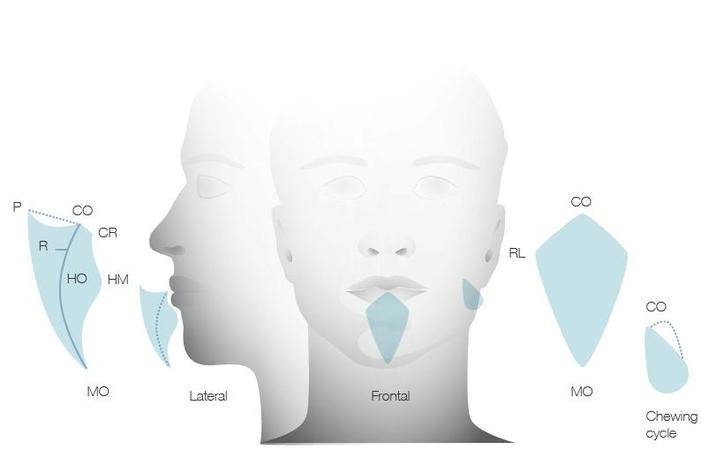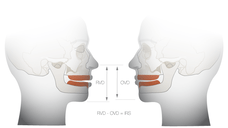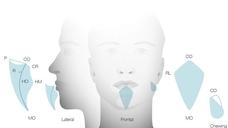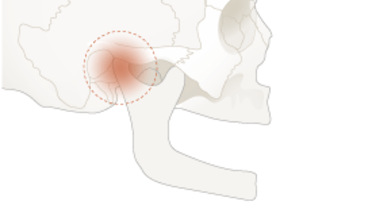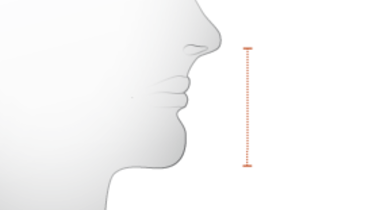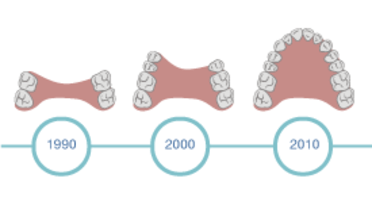-
0
Patient Assessment
- 0.1 Patient demand
- 0.2 Overarching considerations
- 0.3 Local history
- 0.4 Anatomical location
- 0.5 General patient history
-
0.6
Risk assessment & special high risk categories
- 5.1 Risk assessment & special high risk categories
- 5.2 age
- 5.3 Compliance
- 5.4 Smoking
- 5.5 Drug abuse
- 5.6 Recreational drugs and alcohol abuse
- 5.7 Parafunctions
- 5.8 Diabetes
- 5.9 Osteoporosis
- 5.10 Coagulation disorders and anticoagulant therapy
- 5.11 Steroids
- 5.12 Bisphosphonates
- 5.13 BRONJ / ARONJ
- 5.14 Radiotherapy
- 5.15 Risk factors
-
1
Diagnostics
-
1.1
Clinical Assessment
- 0.1 Lip line
- 0.2 Mouth opening
- 0.3 Vertical dimension
- 0.4 Maxillo-mandibular relationship
- 0.5 TMD
- 0.6 Existing prosthesis
- 0.7 Muco-gingival junction
- 0.8 Hyposalivation and Xerostomia
- 1.2 Clinical findings
-
1.3
Clinical diagnostic assessments
- 2.1 Microbiology
- 2.2 Salivary output
-
1.4
Diagnostic imaging
- 3.1 Imaging overview
- 3.2 Intraoral radiographs
- 3.3 Panoramic
- 3.4 CBCT
- 3.5 CT
- 1.5 Diagnostic prosthodontic guides
-
1.1
Clinical Assessment
-
2
Treatment Options
- 2.1 Mucosally-supported
-
2.2
Implant-retained/supported, general
- 1.1 Prosthodontic options overview
- 1.2 Number of implants maxilla and mandible
- 1.3 Time to function
- 1.4 Submerged or non-submerged
- 1.5 Soft tissue management
- 1.6 Hard tissue management, mandible
- 1.7 Hard tissue management, maxilla
- 1.8 Need for grafting
- 1.9 Healed vs fresh extraction socket
- 1.10 Digital treatment planning protocols
- 2.3 Implant prosthetics - removable
-
2.4
Implant prosthetics - fixed
- 2.5 Comprehensive treatment concepts
-
3
Treatment Procedures
-
3.1
Surgical
-
3.2
Removable prosthetics
-
3.3
Fixed prosthetics
-
3.1
Surgical
- 4 Aftercare
The Maxillo-mandibular relationship
Key points
- Vertical and horizontal jaw relations are integral components of the mandible’s centric relation (CR) position and form the starting point of every oral rehabilitation treatment plan
- In dentate patients most functional tooth contacts occur in a mandibular position slightly anterior to CR, a position known as Centric Occlusion (CO)
- Edentulous patients without a teeth-guided CR require a clinical protocol that combines establishing the preferred vertical dimension of occlusion on mandibular and/or a maxillary wax occlusion rims, followed by a preliminary recorded relationship
Horizontal Relations or Centric Relation (CR)
The key to understanding maxillo-mandibular jaw relations from a patient-centered treatment point of view is to recognize the inseparable nature of the mandible’s two positions - vertical and horizontal. They can be discussed separately while they still remain the starting point in every oral rehabilitation treatment planning - integral components of a mandible’s centric relation (CR) position. Both positions are regarded as two sides of a coin - necessary to establish the clinical objective of recording a patient’s centric jaw relationship. The definition of the centric relation has evolved over the years and the Glossary of Prosthodontic Terms offers seven such definitions. Most of the definitions describe the CR as a reproducible posterior hinge position of the mandible that can be recorded and reproduced clinically with a high degree of accuracy.
Stable centric relation situations
In dentate patients most functional tooth contacts occur in a mandibular position slightly anterior to CR, a position known as Centric Occlusion (CO). This position is recorded via one of several registration materials selected on the basis of convenience and experience. It is acknowledged that coincidence between CR and CO is relatively infrequent and regarded as innocuous in patients with mature healthy natural dentitions.
Unstable centric relation situations
Coincidence between CR and CO is however a reasonable treatment objective for patients without a stable or an absent teeth-guided CR. This applies for both edentulous or partially edentulous patients without posterior teeth support.
These latter groups require a clinical protocol that combines establishing the preferred vertical dimension of occlusion (VDO) on required mandibular and/or a maxillary wax occlusion rims, followed by a preliminary recorded relationship of the mandible’s most posterior position relative to the maxilla. The related occlusion rims are then transferred via an articulator to the laboratory where prosthetically designed teeth are set-up to coinciding CR/CO arrangement for a try-in appointment. The latter clinical evaluation will provide an opportunity to either confirm or correct the accuracy of this essential maxillo-mandibular relationship.
